Falling for Song Zuer’s Gorgeous Arched Brows

The historical drama The Prisoner Of Beauty has been generating a lot of buzz since its recent release. Viewers are praising the cast’s strong performances, with many saying it’s absolutely worth watching. Actress Song Zuer, who plays the character Xiao Qiao, has especially captured attention with both her striking Han-style beauty in Chinese dress and impressive acting. After hearing all the rave reviews, many viewers rushed to watch the show themselves.
But today, we’re not here to talk plot — we’re here to talk looks! Have you noticed how captivating Song Zuer’s eyes are? Truly expressive and full of emotion. Her makeup, particularly those beautifully arched brows, plays a big part in enhancing her charm. Riding the popularity of the series, let’s take a moment to explore the traditional Chinese eyebrow style known as “curved brows.”
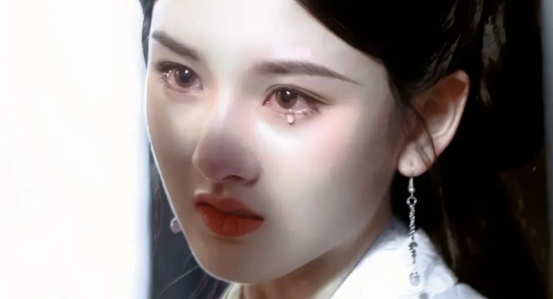
Ⅰ. The Characteristics of Curved Brows
This elegant eyebrow shape, known historically as wan mei (弯眉), is one of the most enduring and iconic styles in ancient China. The signature look features fuller inner brows that gradually taper toward the tail, with a gentle arch that softens the facial expression.
Unlike sharply defined modern brows, curved brows have a softer outline, almost like a delicate stroke of ink. The front of the brow is faint, while the end is darker and more pronounced — creating a shaded gradient that resembles swaying willow branches in the breeze. This style is especially flattering for those with softer, rounder facial features.
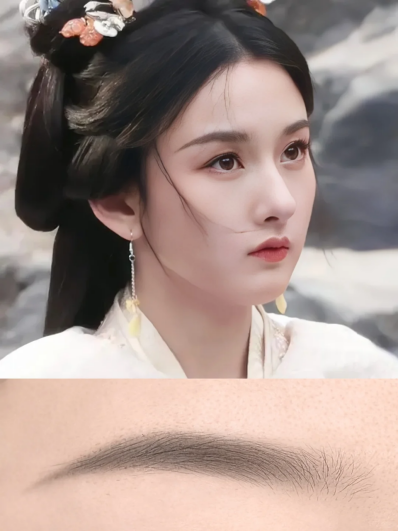
Some fans even dug up photos of Song Zuer’s childhood role as the beloved mythological character Nezha —and guess what? She was already rocking bold, curved brows back then! One commenter joked “Even her eyebrows have grown proportionally with her!”

Ⅱ. Willow Brows: A Subtype of Curved Brows
Let’s get back to the topic of curved brows. Technically, “curved brows” is more of an umbrella term — any brow shape with a noticeable arch or curve can fall into this category. One of the most iconic variations throughout Chinese history is the “willow brow” (liu mei, 柳眉).
Willow brows are finer and more elongated than the broader curved brows mentioned earlier, named after their resemblance to slender willow leaves. They’ve been a go-to beauty standard for centuries, dating all the way back to the Han dynasty and appearing consistently in each era since. You can even see them on the female figurines found in Han dynasty tombs — soft arches, elegant lines, and a timeless grace.
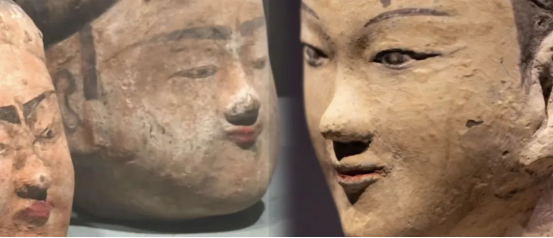
Curved brows — especially the longer kind — do more than just follow tradition. They also serve a visual purpose: if someone has more compact facial features, a long, gently arched brow helps “stretch” the face horizontally, creating a sense of balance and openness. The same principle applies to elongated eyeliner. That’s why in classical Chinese makeup, curved brows have always been a staple — graceful, flattering, and universally loved.
In Song Zuer’s case, her petite face means overly thick or dramatically arched brows might make her features feel a bit crowded. But a well-proportioned, soft curve? Absolutely perfect.
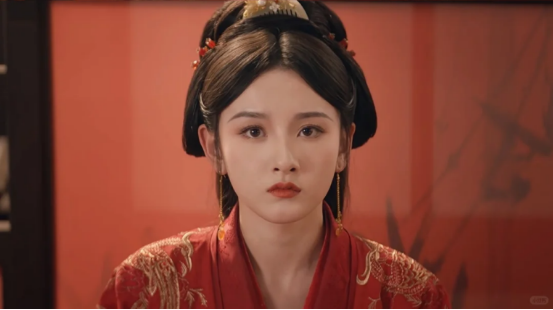
Ⅲ. Curved Brows Across Eras and Styles
What makes curved brows so timeless is their versatility — they can look bold and powerful, or soft and graceful, depending on how they’re shaped.
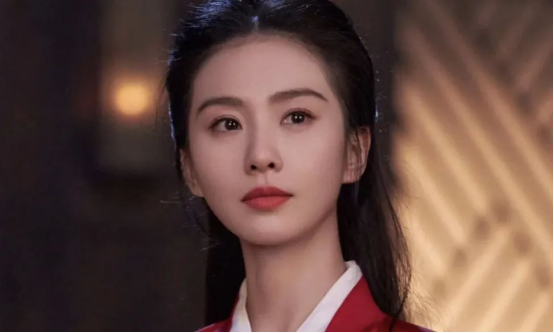
Take actress Liu Shishi (above), for example: her brows are set closer together and have a tighter arch, giving off a more heroic, confident vibe. In contrast, Song Zuer’s brows (below) are spaced wider apart, with a more relaxed curve, creating a gentler, more delicate impression.
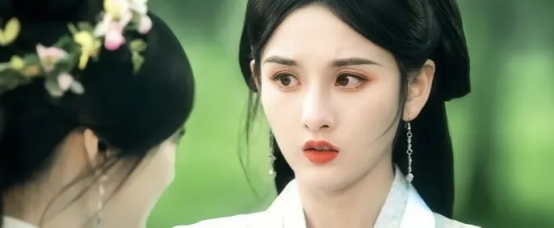
Looking back at history, the Han and Jin dynasties favored brows with a softer, straighter curve. These brows, paired with Han Dynasty clothing, reflected the elegant and reserved beauty ideals of noblewomen — think composed, refined, and classically graceful.
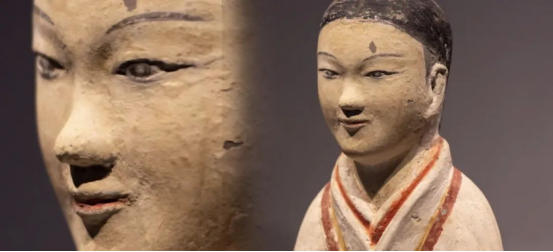
By the Tang dynasty, however, brow styles became much more expressive. There was a greater variety in shape and thickness, with sweeping curves and bolder strokes showing up more often. Just take a look at the figurines unearthed from Tang-era tombs in Shaanxi Province — their brows range from soft arcs to dramatic swoops, showcasing a truly diverse aesthetic.
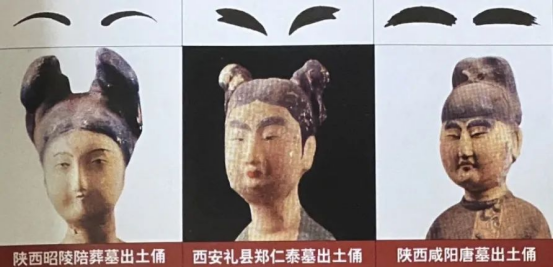
During the Song and Ming dynasties, brow styles became more refined and understated compared to the bold, elaborate curves of the Tang period. This era saw the rise of delicate shapes like yuanshan (远山眉, distant mountain brows), lianjuan (连娟眉, graceful, flowing brows), and yueling (月棱眉, moon-ridge brows) — all exuding a quiet sophistication and noble charm. The emphasis shifted toward simplicity without sacrificing elegance, embodying the poised demeanor of the era’s an elegant and well-bred young lady.
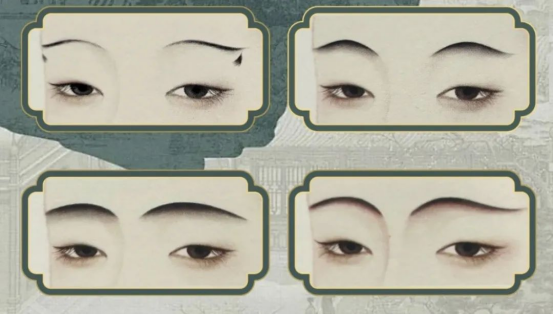
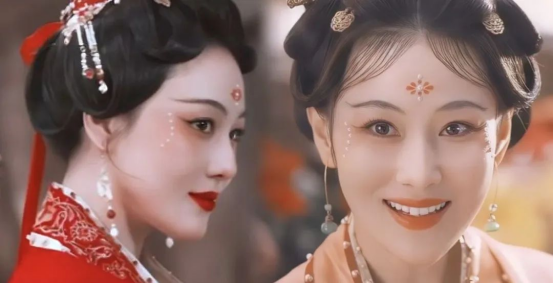
In today’s new Chinese-style makeup and hairstyles, we can still see the epitome of similar eyebrow shapes. Chinese-style eyebrows fit the facial contours, looking relaxed and moderate. They don’t overemphasize the linear outline or deliberately accentuate the brow peaks, making the makeup look softer and more dignified. This is also an important reason why Chinese-style makeup gives people a sense of closeness. Gong Li! Your face is absolutely stunning.
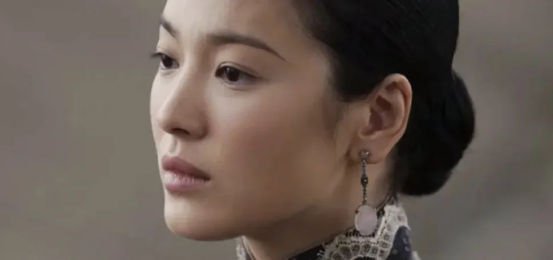
Classical makeup is like a piece of drawing paper, turning flat facial features into a meticulously crafted meticulous painting. No wonder netizens have commented that after ancient costume dramas returned to classical makeup, there are no longer uniform Korean-style eyebrows or straight “one-stroke” eyebrows, and the protagonists all look much more pleasing to the eye.
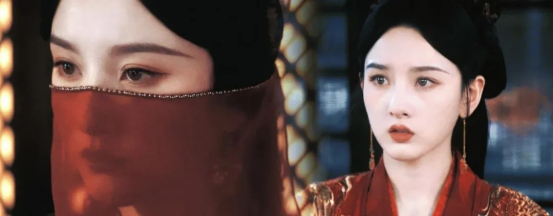
Summary

This gentle, slightly curved eyebrow shape is more suitable for most Chinese face shapes and has extremely high tolerance. We welcome everyone who loves Chinese culture to try the curved eyebrow style when doing Hanfu makeup! Of course, it’s not limited to classical makeup. In modern makeup, you can also cleverly use a similar curved eyebrow design to add charm to your look. After all, using it is a better way to inherit it. We also hope that Song Zuer can bring us better works. 🤗
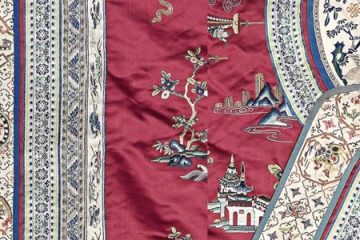
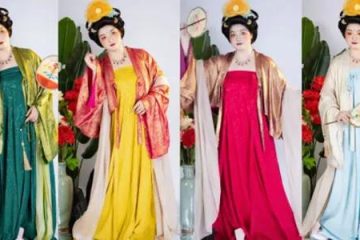
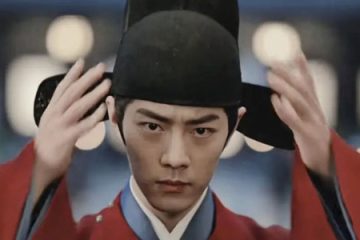
0 Comments